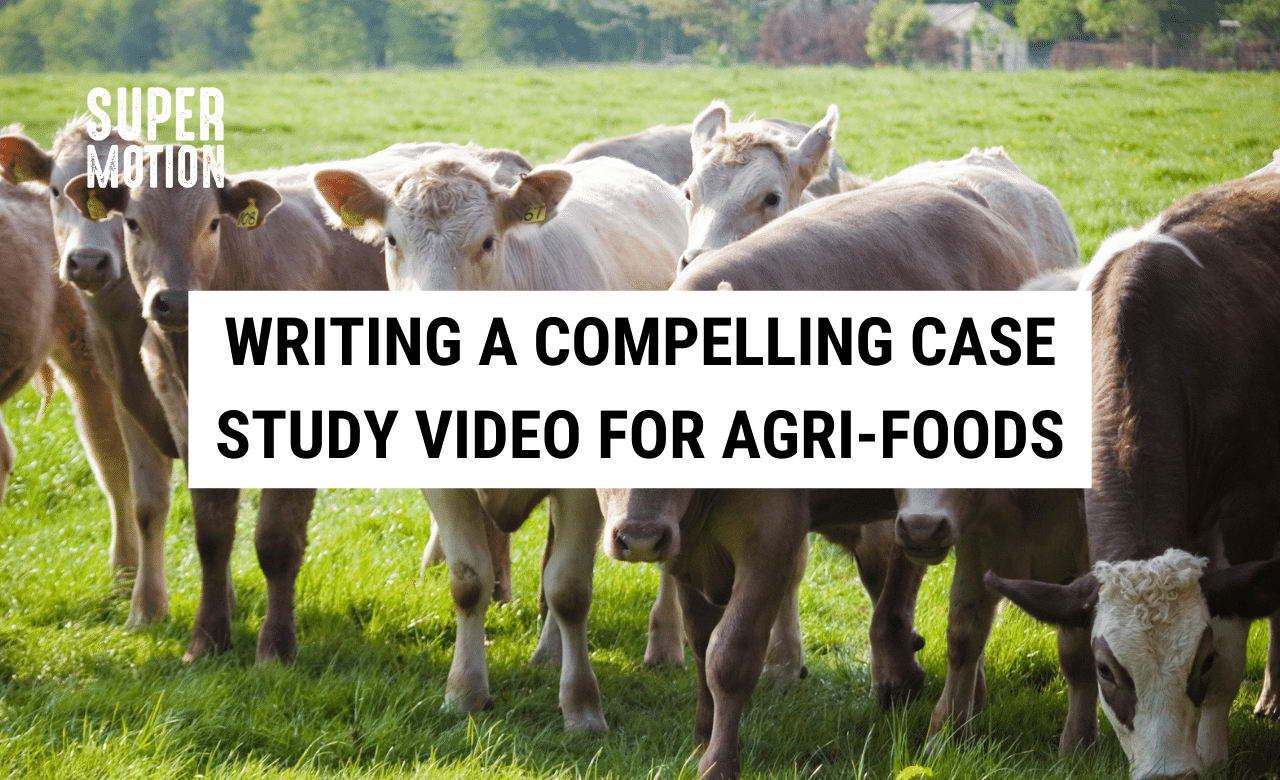Writing a Compelling Case Study Video for Agri-Foods

If you’re a marketing or communications manager in the agri-foods industry, you’re probably familiar with the importance of producing case study videos.
These videos are a great tool to showcase your brand’s innovation, sustainability, and community impact, among other key themes. They’re also a powerful way to connect with your target audience and communicate the value of your products or services.
In this blog post, we’ll share some tips and best practices for writing a compelling case study video that resonates with your intended audience and achieves your marketing goals.
1. Define the Key Themes for Your Case Study
The first step in writing a case study video is to define the key themes you want to highlight. This could include innovation in agriculture, sustainability practices, or the impact that your brand has on the community.
By understanding your brand values and marketing goals, you can align your key themes to create a powerful message that resonates with your audience.
2. Understand the Audience for Your Case Study
Knowing your viewer demographics and interests is key to creating a video that resonates with your audience. You’ll need to understand your target audience’s pain points and values, to tailor your content to their needs.
You can do this by conducting research or surveys, which will provide key insights to make informed decisions on what content to include in the video.

3. Develop the Narrative for Your Case Study
To keep your viewers engaged, it is essential to craft a compelling narrative that features farmer stories or the product journey. You’re not just showcasing your product or service in a case study video, you’re telling a story that captivates your audience.
You’ll need to balance educational and promotional content, so that your viewers remain engaged and don’t feel like it’s just an ad.
4. Create a Storyboard for Your Case Study
Creating a storyboard with sketches, shot lists, and visual cues can help to guide your team and organise your vision.
Being visible will allow you to plan and execute the video production effectively, potentially reducing costly mistakes during the filming process.

5. Plan Your Case Study Shoot
The timing of your video shoot is also important to consider in agriculture.
Harvest season and other farming activities impact the availability of farmers. It may also influence the locations that you want to film at. Creating a detailed production timeline will aid in ensuring that filming is done on time and within the budget.

Conclusion
In summary, writing a case study video for agri-foods requires careful planning and research.
Understanding key themes, target audience demographics and interests, visualising the scenes, as well as considering seasonal factors will significantly improve the quality of your video production.
Crafting a compelling narrative with farmer stories and balancing educational and promotional content is essential to creating a case study video that resonates with viewers.
With these tips and best practices, you’ll be able to produce a powerful case study video that shows the value of your products or services to your target audience.
If you need help with your case study video, start your video journey book here for a strategy call or get in touch on 01225 970242.
